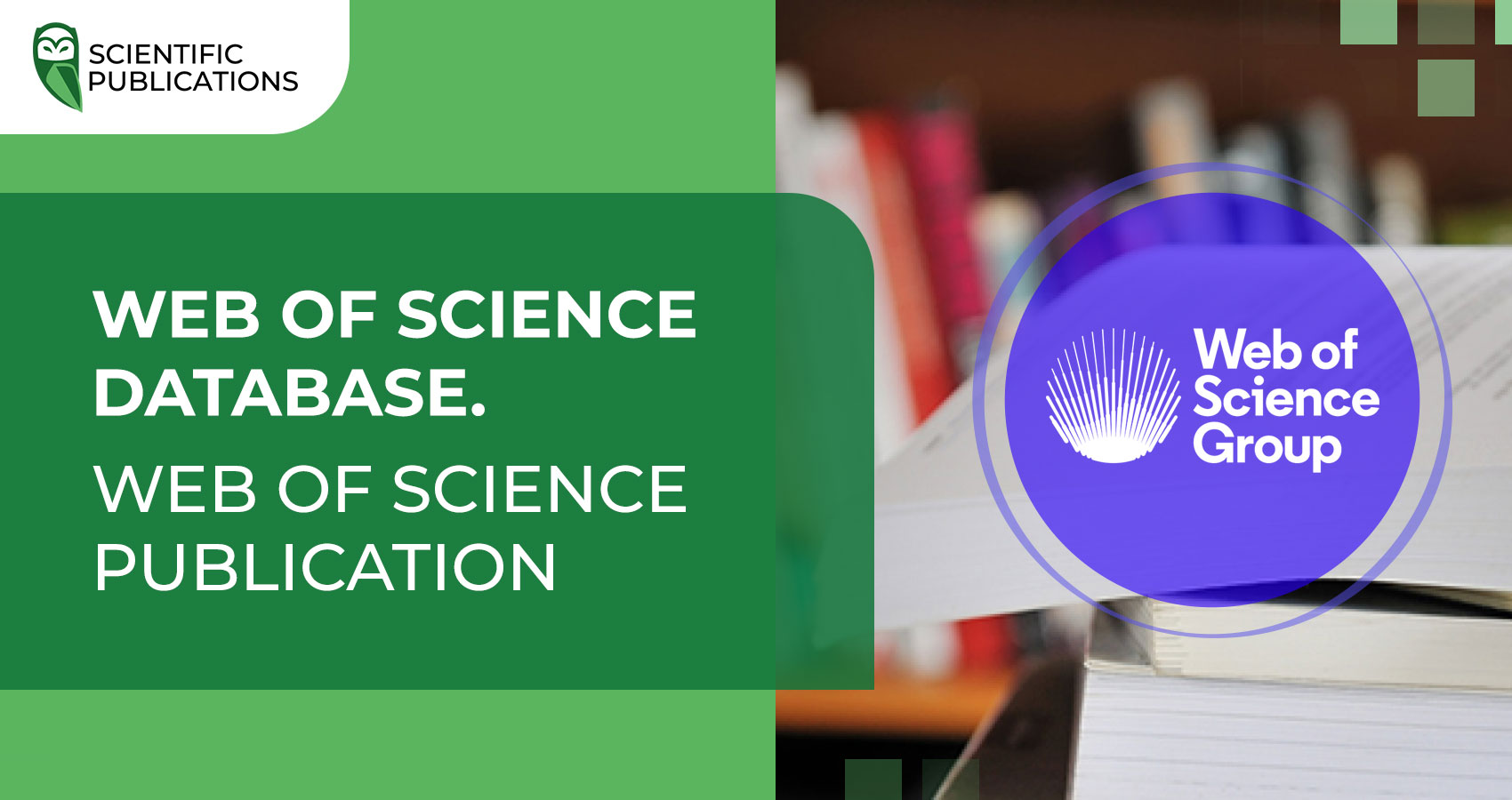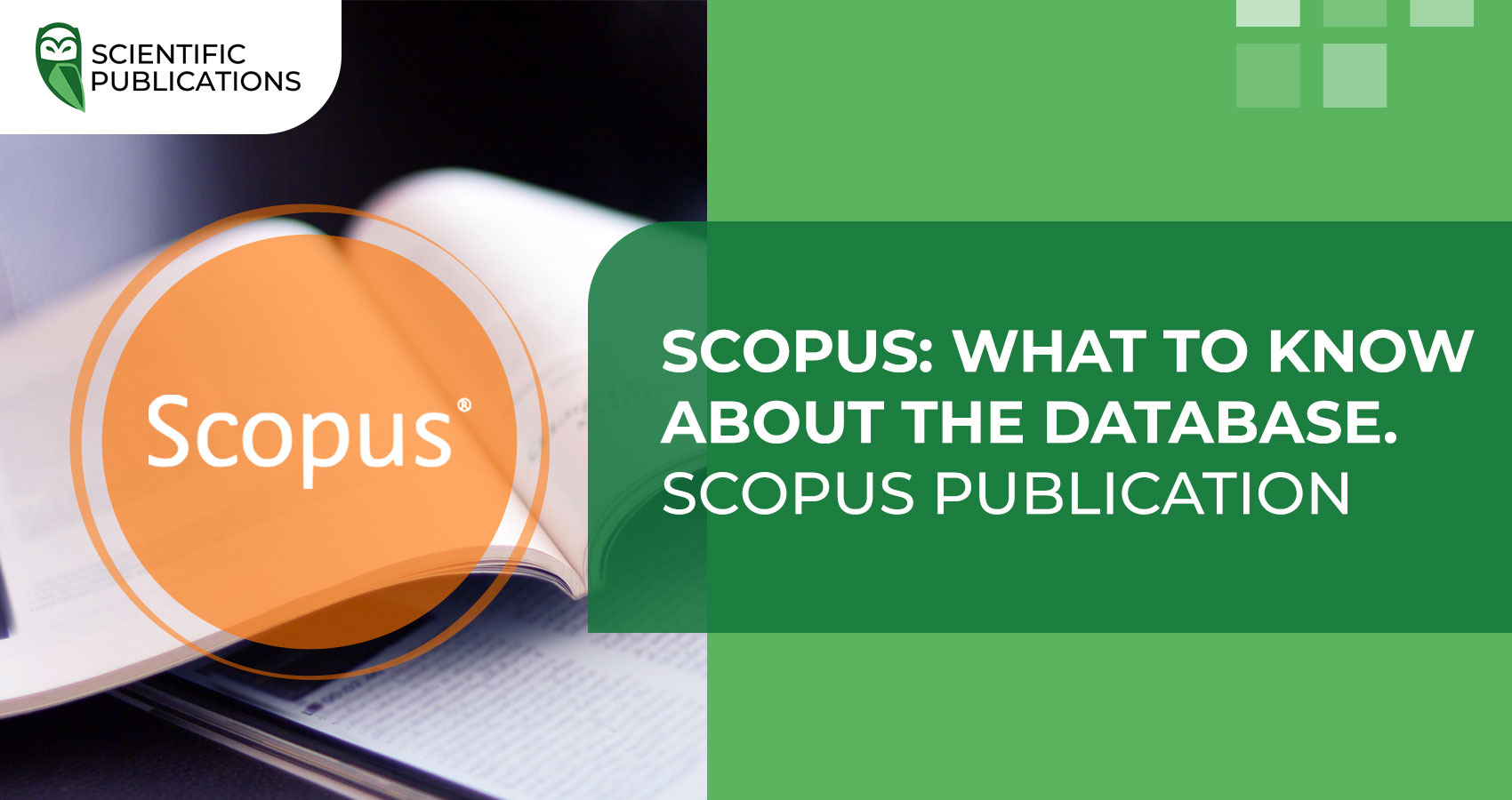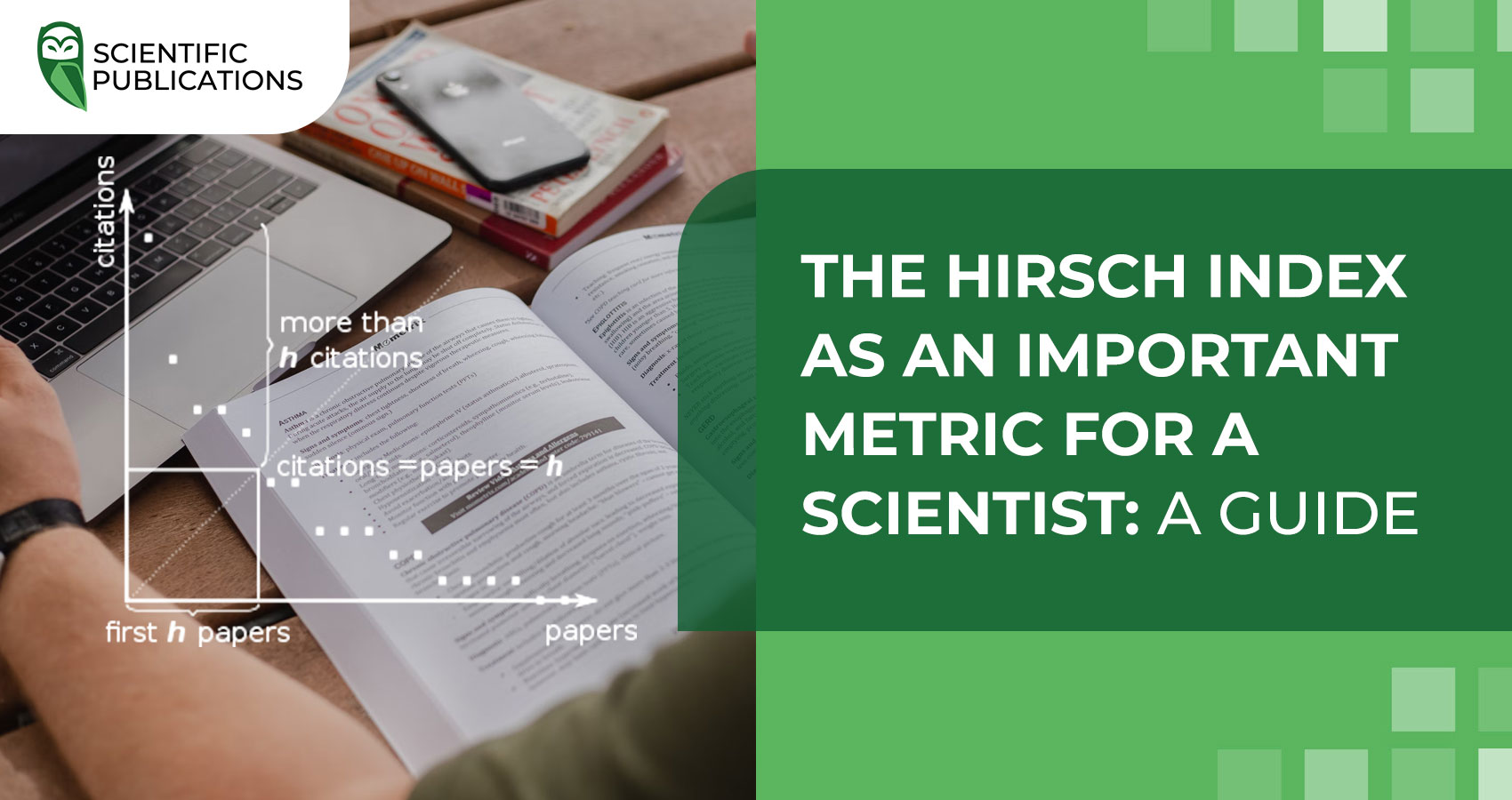In the world of scientific research, the Scopus and Web of Science databases are acknowledged as some of the highest ranking platforms. Publishing in publications that are indexed in them is an indicator of a researcher's ranking and authority. Earlier we discussed the features of Scopus, but today we look at Web of Science as one of the best known databases. Learn more about Web of Science, database structure, Web of Science indexes and collections, Web of Science Core Collection journals, what is a "Web of Science publication" and why it is needed for scientists from Kyrgyzstan.

What is Web of Science?
Web of Science is one of the best known databases, on a par with Scopus (discussed in a previous blog post). The structure of this platform is quite complex, involving various collections and indexes. Therefore, Web of Science is sometimes characterised as a platform that includes other databases. The most well-known and important collection is the Web of Science Core Collection. It includes four journal indices with over 22,000 scientific journals. A publication in such publications is considered to be a very significant and authoritative achievement for the global scientific community.
The citation depth of Web of Science reaches 1900. This demonstrates the wide coverage of materials and the stability of this database.
Web of Science Core Collection Journals
The Web of Science Core Collection includes 4 of the most famous journal indexes:
- SCIE (Science Citation Index Expanded) – previously this index was designated as SCI. This is the most extensive index of the collection, which includes more than 9 thousand publications.
- SSCI (Social Sciences Citation Index) - an index that includes publications from the field of social sciences. It includes about 3.5 thousand journals.
- AHCI (Arts & Humanities Citation Index) – includes journals from the field of arts and humanities. This index includes about 2 thousand publications.
- ESCI (Emerging Sources Citation Index) – includes young publications of the database that meet the criteria of quality, but not influence. It is, one might say, a "temporary index". If the journals included there improve their performance, they will be transferred to SCIE, AHCI, ESCI. And if not, they will be excluded from the Web of Science.
Previously, only for the journals Science Citation Index Expanded and Social Sciences Citation Index, the impact factor was calculated on an annual basis. In 2022, Clarivate, which owns Web of Science, announced that impact factor calculations will be performed for all Web of Science Core Collection titles (based on 2023 updates).
What is a "Web of Science publication?"
A Web of Science publication - a scientific research published in a journal that is included in one of the Web of Science Core Collection citation indexes. Such a publication is necessary to implement the main scientific purposes of the authors from Kyrgyzstan. Namely for:
- Compliance with the provisions of the "Regulations on the procedure for awarding academic titles".
- The implementation of scientific tasks according to the "Regulations on the awarding of academic degrees".
- Obtaining funding and grants.
- Increasing relevance and credibility in the scientific community.
- Being part of the reviewers or editors of scientific publications.
If you need a Web of Science publication for these or other scientific purposes, please contact the experts at Scientific Publications. We are happy to provide expert support at all stages of the publication process, from auditing to indexing. For a consultation and a free audit of your material, leave an application on our website.





